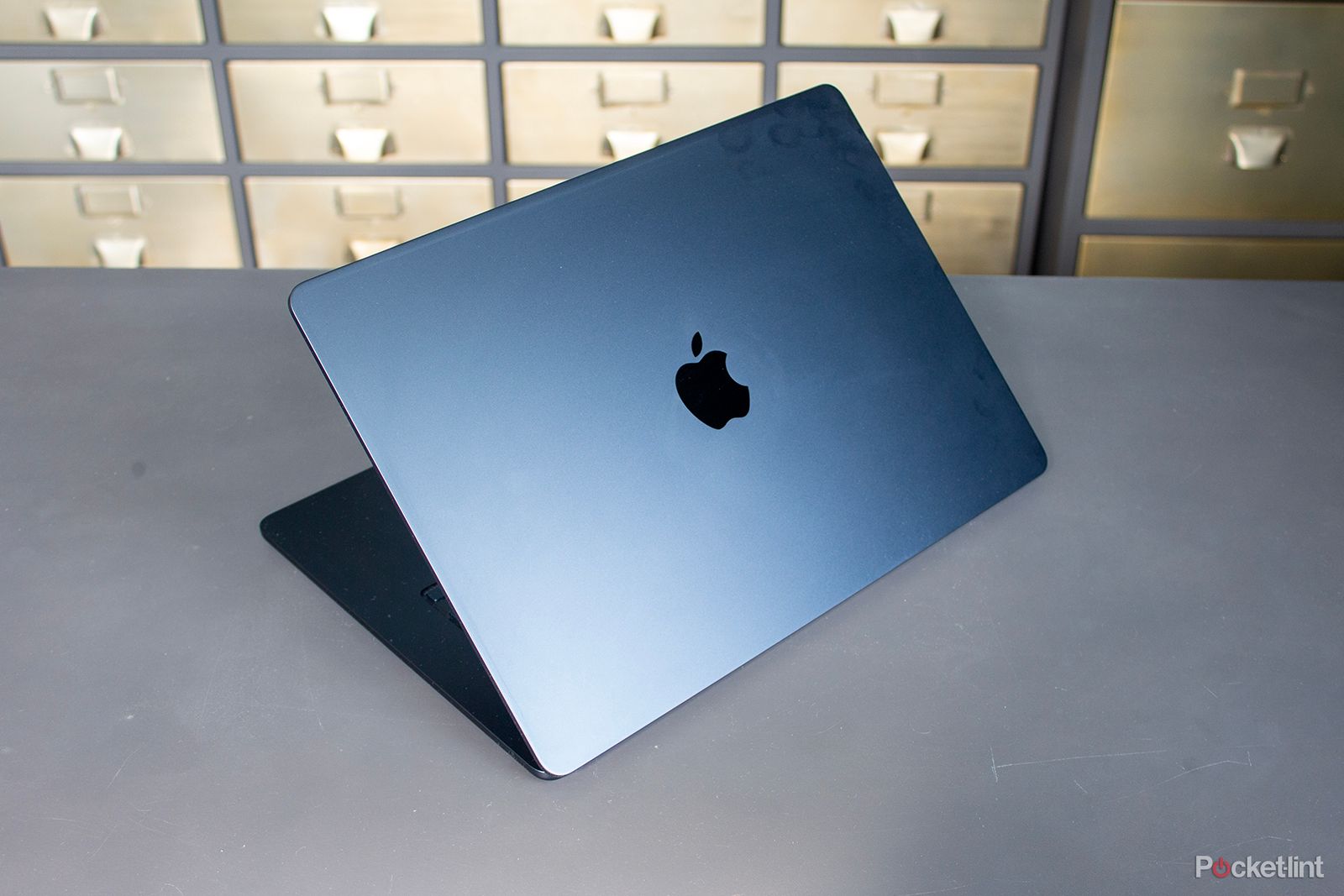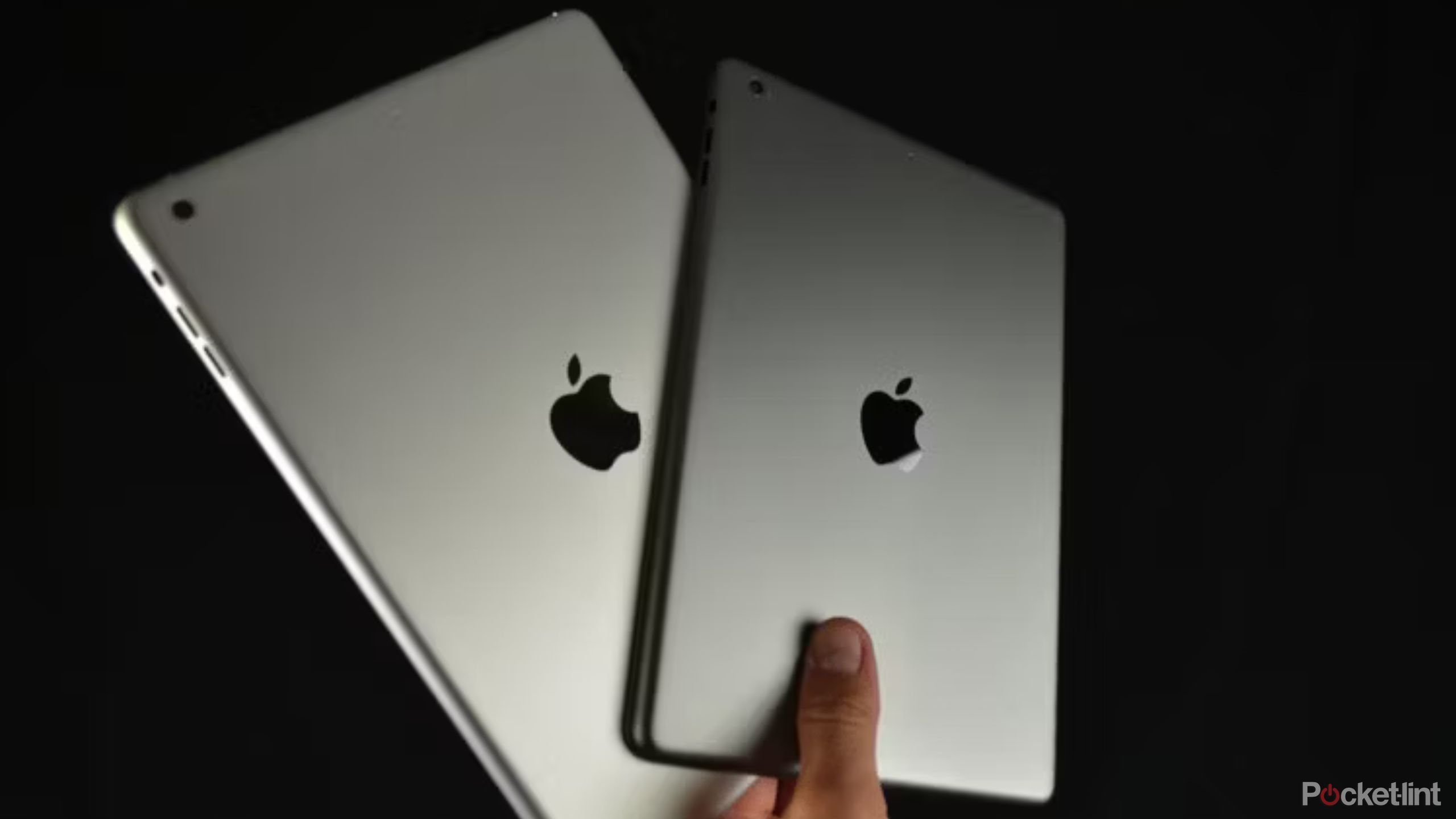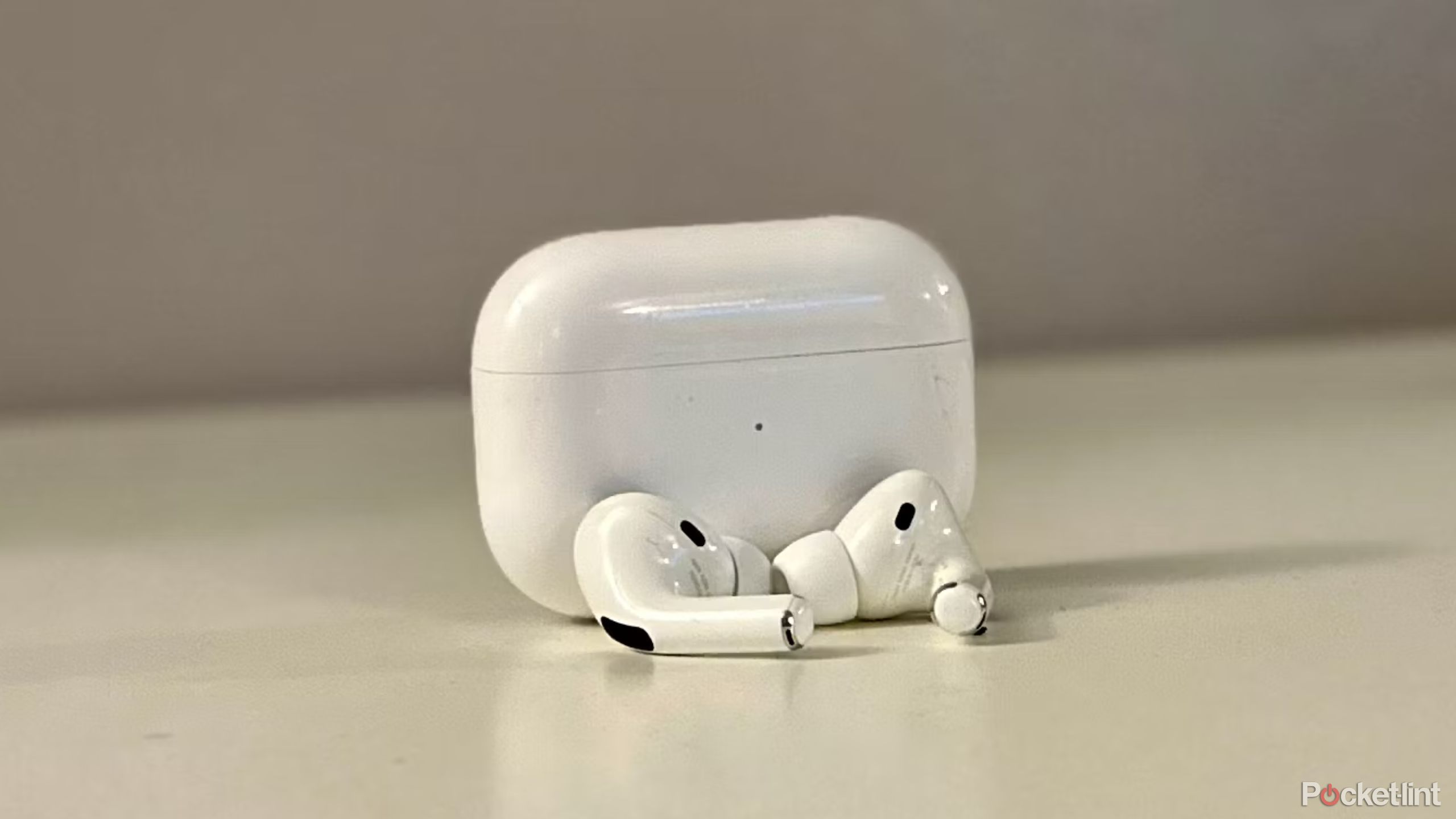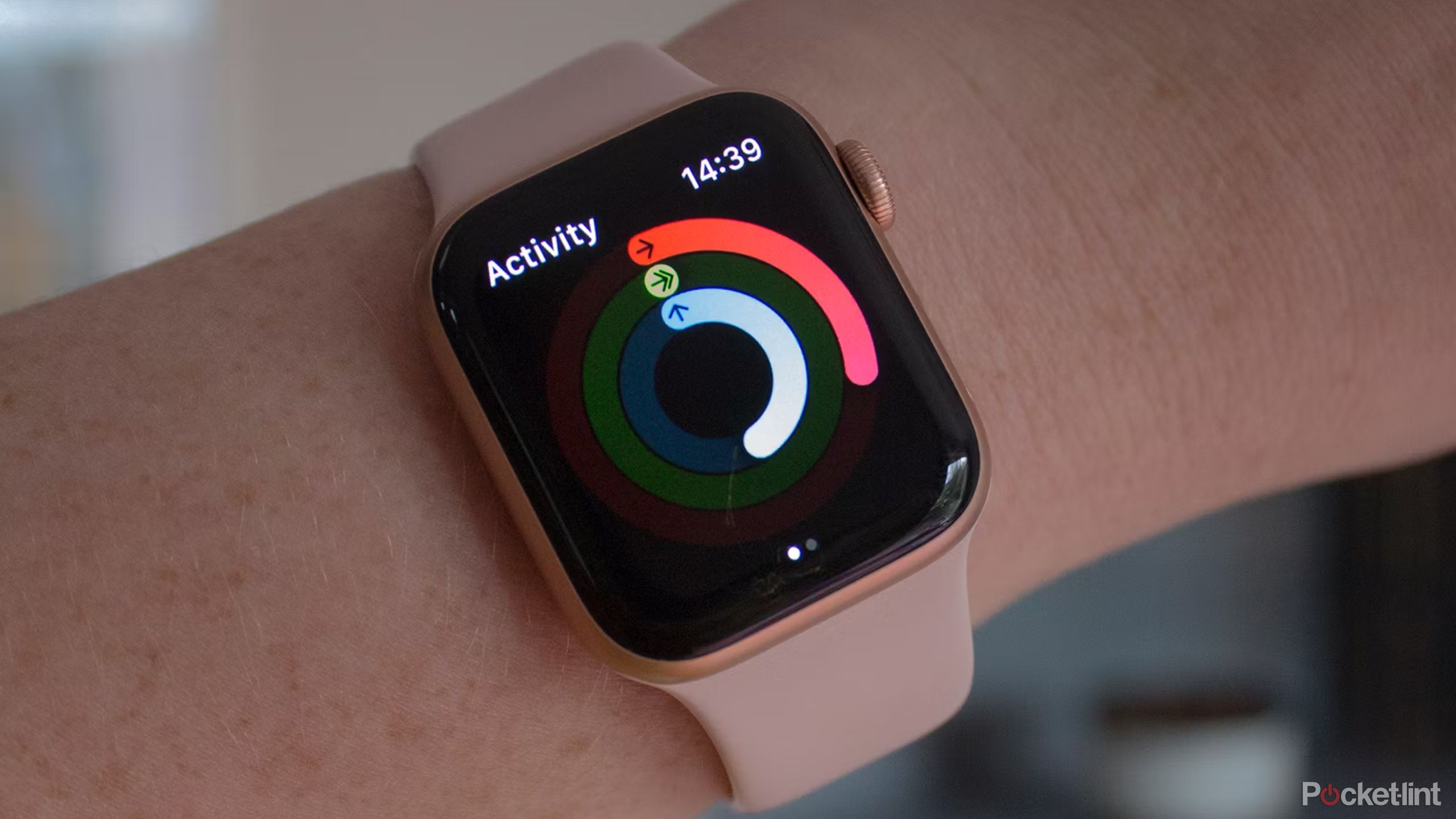Key Takeaways
- AppleCare+ prices vary depending on the device, and the coverage may not be worth it for everyone.
- Coverage includes accidental damage and battery service, but repairs still incur additional fees.
- Consider factors such as the likelihood of needing repairs and the cost of repair before deciding on AppleCare+.
Purchasing a new Apple device typically involves a lot of research on the different options on which iPhone or Apple Watch to buy. But at checkout, consumers are often asked another question with little time to weigh the pros and cons: Do you want to add an extended warranty to that? Apple’s reiteration of extended protection plans is called AppleCare+. If you buy an Apple device, chances are you’ll see the option to add the extra coverage at checkout or even after setting up your new gear. But, is AppleCare+ worth it or is it just an upsell — a way for the company to add a bit more of your cash at checkout?
…diving into extended warranties in general and whether most are worth the cost.
Answering that question is twofold. The first involves diving into extended warranties in general and whether most are worth the cost. The second is to look into the specifics of how much AppleCare+ costs and how much the average repair costs. When I bought my iPhone 15 Pro, I opted not to get the added protection. I did the math and if I broke my phone screen (the most common smartphone mishap), I would only be saving $100 with the warranty. I would be risking $200 to potentially save $100 in the future. AppleCare+ would only be beneficial if I broke it more than once in two years. But, there can be instances where the added protection is worthwhile.

Best MacBook laptops: Expert ranked
MacBooks are powerful machines and great investments. Here are the best Mac laptops, hand-picked by experts.
Consumer Reports recommends steering clear of extended warranties in general, because multiple studies suggest that consumers overestimate the likelihood of device failure. But, there can be a few cases where AppleCare+ is worth the add-on money. Here’s what you need to consider before signing up for the extra coverage on your Mac, iPhone, iPad, AirPods, or any Apple device.
How much is AppleCare+ coverage?
The cost of AppleCare+ depends on which device you are adding the coverage to, as well as what country you live in. Some devices have both annual and monthly payment options, while others require paying for the full coverage plan upfront. You can calculate the cost for your specific device at Apple’s website. US pricing for Apple products with AppleCare+ listed below.
|
Device |
AppleCare+ Price |
|---|---|
|
Mac |
$34.99/year |
|
iPad |
$3.49/month |
|
iPhone |
$3.99/month |
|
Apple Watch |
$2.49/month |
|
Headphones |
$29/2 years |
|
Apple Vision Pro |
$24.99/month |
|
Apple Display |
$49.99/year |
|
AppleTV |
$29/3 years |
|
HomePod |
$15/2 years |
Those prices are just the starting prices for the base model — the price increases if you own more than just the entry-level model. For example, you can buy three years of coverage for the MacBook Air M1 for $179, but if you have the 16-inch MacBook Pro it’ll cost you $399.
But the cost of the plan itself isn’t the only expense to consider. For example, if you have AppleCare+ and shatter the screen on your iPhone, the repair will still cost you $29. Other accidental damage to your phone will run $99 while theft or loss, if you buy the more expensive plan that actually covers such an event, still requires forking over $149 when you file your claim.
How much does AppleCare+ cover?
AppleCare+ covers more than the standard manufacturer’s warranty that’s limited to manufacturing defects. AppleCare+ covers accidental damage, such as dropping your iPhone or spilling a drink across your MacBook. But, coverage varies based on what model you are covering and which plan you buy, so be sure to actually read the terms carefully.
For an iPhone, AppleCare+ includes accidental damage with no limit to the number of times you can use the coverage, though you’ll pay the service fee each time you need it. Along with fixing your phone if you accidentally damage it, the plan also includes battery service, where Apple will replace your battery if it has less than 80 percent of the original capacity. Apple says that under normal conditions, the iPhone battery is designed to retain up to 80 percent original capacity for 500 charges. That means in most cases, you can charge your iPhone 500 times before you start to notice a decline in battery life.
The original AppleCare+ covers accidental damage and offers 24/7 technical support, but not theft or loss. In other words, Apple will cover your AirPods if you accidentally drop them into the toilet, but not if you lose one of those tiny earbuds. For the iPhone, you can spring for the AppleCare+ Theft and Loss plan. That plan will replace a stolen or lost device for a $149 fee in the U.S., but you’re required to have Find My enabled and limited to two loss claims per year.
But again, the coverage varies on the device. For example, Apple doesn’t offer a loss protection option for those tiny AirPods. You can view the full range of cost and coverage options from Apple’s website here.
Is AppleCare+ worth it?
Before answering whether to buy Apple’s extended warranty, let’s look at these plans in general. A 2018 study out of Stanford University suggested that most customers overestimate the likelihood that a device will need repair, leading Consumer Reports to recommend steering clear of warranties “in nearly every case.” That study wasn’t the only one of its kind either. But, how do you determine if that shiny new MacBook is one of the exceptions?
First, weigh the cost of the warranty with the average cost of repairs. You can use Apple’s repair estimate tool for your exact model (iPhone, Mac, iPad, Apple Watch) to get an idea on what repairing your specific device will entail. Adding AppleCare+ to my iPhone 15 Pro would cost $199 for two years of coverage ($269 with theft and loss).
Replacing the screen would cost $29 under this plan, while other accidental damage would cost $99. Without coverage, Apple would replace a failing battery for $99 or fix a cracked screen for $329. If I only needed to use the AppleCare+ plan once for a cracked screen, I would only save $100. If I needed repairs more than once, then the added coverage would have a higher advantage over the initial costs.
What are some other precautions I can take instead of extended warranties?
The second thing to consider is the likelihood of needing repairs, which depends on factors like your case, your lifestyle as well as what device you are protecting. I don’t typically get an extended warranty on my smartphones because, with a good case and screen protector, they usually survive drops. If you don’t use a case, AppleCare+ may be worth the investment. Another factor to consider is how durable the device itself is. The new iPhone 15, for example, is IP68 rated, which means it can withstand being submerged in shallow water for a short period of time. While it will need some serious disinfecting, dropping an iPhone 15 Pro isn’t exactly a death sentence for the device.
The risk factors to consider before purchasing extended warranties
The likelihood of needing repairs depends on a number of different factors, starting with how often you carry it around. You’re much more likely to drop your iPhone than you are to drop your HomePod because you carry your phone while the HomePod just chills on the counter. While it’s not an Apple product, I usually buy the extended coverage on my drones because it’s much less likely to survive a fall, and, sure enough, I used that UAV coverage just last year. Lifestyle plays a role, as well as age. I may not buy AppleCare+ for myself, but I’m already considering it when my kids are old enough for their first phone.
Because the risk depends on your lifestyle and the cost of AppleCare+ varies based on your device, there’s no one-size-fits-all answer to whether or not AppleCare+ is worth it. Before investing in AppleCare+, ask yourself these questions:
- How likely are you to need repairs? If you have a tendency to crack your phone screens regularly, then AppleCare+ may be a wise investment. The same goes if you prefer to keep your phone case-free. The devices that are left on a shelf, like HomePod or AppleTV, are less likely to experience drops than the devices that are carried with us, like an iPhone or iPad.
- Could you afford the repair or replacement out of pocket? It would be unwise to go without home insurance because you probably wouldn’t be able to pay for another house if something happened. Skipping out on insuring a pair of $129 AirPods is lower risk than skipping insurance on a $12K Mac Pro, especially if you need that computer for work. If the cost of repair or replacement could tank your finances, the initial or month-to-month investment is more likely to be worthwhile.
- How much does AppleCare+ really cost when you add in the fees? Look through the repair fees as well as the monthly or one-time cost of coverage. How many times would you need to fix your device to pay for the coverage cost?
Credit : Source Post




